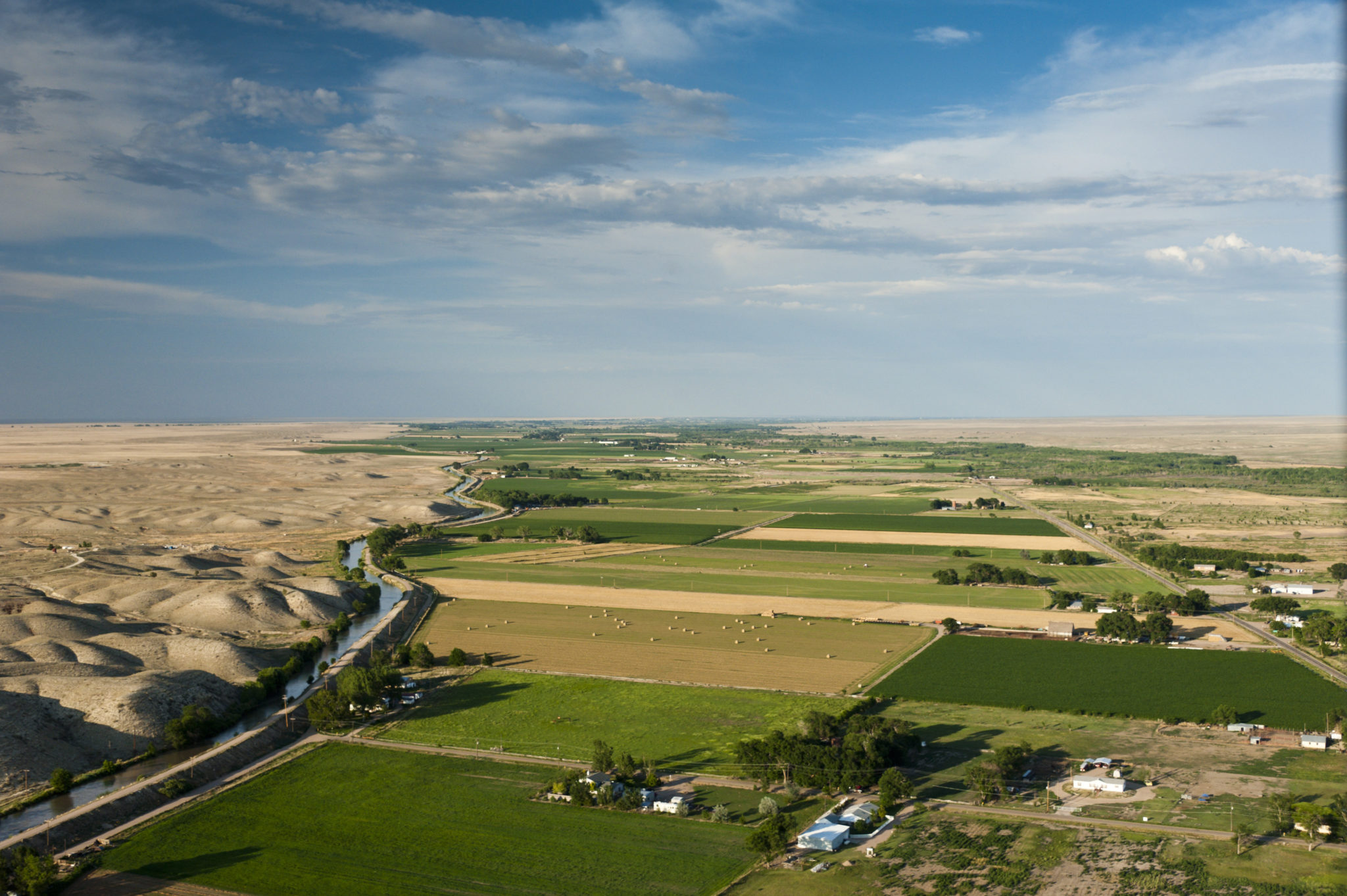
If you’ve ever seen a field covered in what looks like a layer of white soil, you may not know that that “soil” is actually salt. Over time, salt can build up and create a crust on top of the soil, making it difficult for water to penetrate and grow crops. If salt buildup on top of and within soils continues for years or decades, the soil becomes unusable.
This is an issue especially in arid climates where farmers utilize irrigation to water their crops, like the United States, Australia, the Middle East, India, and Pakistan. With poor drainage in these areas, salt builds up in the soil, leading to crop yield reduction.
With the help of a five-year, $500,000 Faculty Early Career Development Program (CAREER) award from the National Science Foundation (NSF), Assistant Professor Ryan Bailey in the Department of Civil and Environmental Engineering is investigating the origination of such buildup-inducing salt. He thinks it could be coming from rainstorms and flash floods happening far upstream from the river basins, lakes, and reservoirs being used to irrigate crop fields.
Using an area along the Arkansas River Basin in southeastern Colorado as a test site, where irrigation has been happening for more than 100 years, Bailey plans to measure water flow and salt concentration of rainfall and runoff before, during, and after storm events.
“We’re trying to figure out how much salt is leaving the watershed area and making it into the stream that’s eventually diverted for irrigation along the river valley,” said Bailey.

If the rainfall is a significant source of salt, there’s a good chance much of it is ending up in the crop fields being irrigated with Arkansas River water. Once Bailey’s team has a better understanding of how salt moves throughout the Arkansas River Basin system, they’ll use this information to enhance a widely used watershed hydrology and nutrient transport model called the Soil and Water Assessment Tool (SWAT). The SWAT enhancement will include a model that simulates salt movement from thunderstorms for any other river basin in the world.
“SWAT is being used around the world to understand fertilizer practices and for nutrient management, but we’re trying to also use it for salt management with some modifications,” said Bailey. “It’s already a widely used model – we’ll just expand the application.”
Salty science for students
While benefitting water managers globally with the additions to SWAT, Bailey also hopes to inspire potential future water managers by teaching local middle and high school students hydrology and water quality concepts. Partnering with science teachers from local Fort Collins schools, as well as with the College of Natural Sciences Education and Outreach Center, Bailey will develop a curriculum and toolkits to implement the program in fall 2020. The following year, Bailey will bring the curriculum and toolkits to schools within the Arkansas River Basin.
“We want to make it fun, and have a lot of hands-on activities for students,” said Bailey. “I’d love for the program to encourage students to think more about STEM careers.”
The hydrology experiments students will conduct involve visiting local rivers and lakes to measure salt concentration of water. The curriculum for the outreach program will meet science criteria for the Colorado Academic Standards, encouraging educators to continue teaching the material in the future.
“I’m elated that our research group was recognized by the NSF,” said Bailey. “And when I look back on the experience, I believe that one of the highlights will have been working with these middle school students.”